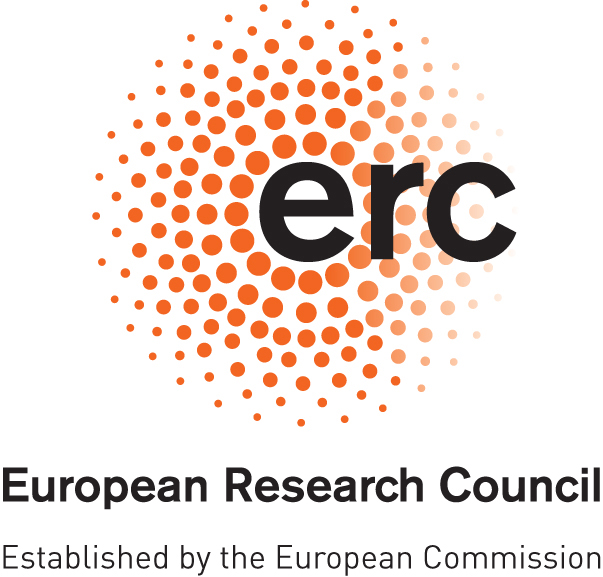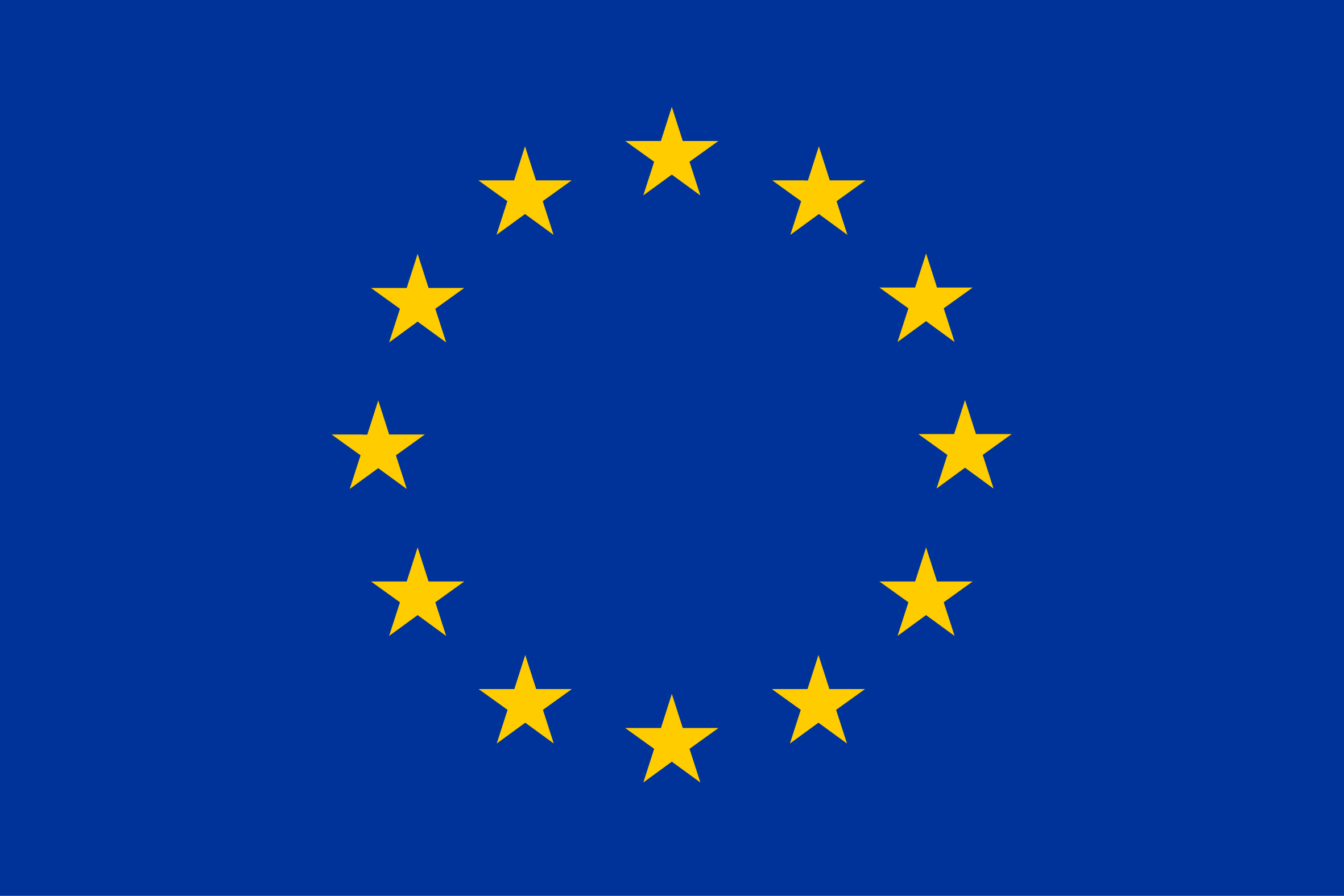Geometry and Representation Theory around the Langlands programs
→
Europe/Paris
AUBIERE
AUBIERE
Description

A conference on "Geometry and Representation Theory around the Langlands programs"
will be organized in Clermont-Ferrand from Jul 7th to Jul. 11th, 2025.
Speakers:
- Charlotte Chan (University of Michigan)
- Stefan Dawydiak (Rheinische Friedrich-Wilhelms-Universität Bonn)
- Gurbir Dhillon (University of California, Los Angeles)
- Olivier Dudas (CNRS & Aix-Marseille Université)
- Ben Elias (University of Oregon)
- Arnaud Etève (Max Planck Institute for Mathematics)
- Andreas Hayash (Aristotle University of Thessaloniki)
- Lucien Hennecart (CNRS & Université de Picardie Jules Verne)
- Thibaud van den Hove (Technische Universität Darmstadt)
- Christine Huyghe (CNRS & Université de Franche Comté)
- Dmitriy Rumynin (University of Warwick)
- Jakob Scholbach (Università degli Studi di Padova)
- Benjamin Schraen (Université Claude Bernard Lyon 1)
- Maarten Solleveld (Radboud Universiteit Nijmegen)
- Michela Varagnolo (CY Cergy Paris Université)
- Yujie Xu (Columbia University)
Organizers:
- Gabriel Dospinescu (CNRS & Université Clermont Auvergne)
- Abel Lacabanne (Université Clermont Auvergne)
- Timo Richarz (Technische Universität Darmstadt)
- Simon Riche (Université Clermont Auvergne)
Funded by the European Research Council (ERC) under the European Union's Horizon 2020 research and innovation program (Project RedLang - grant agreement No. 101002592).


Inscription
Registration
